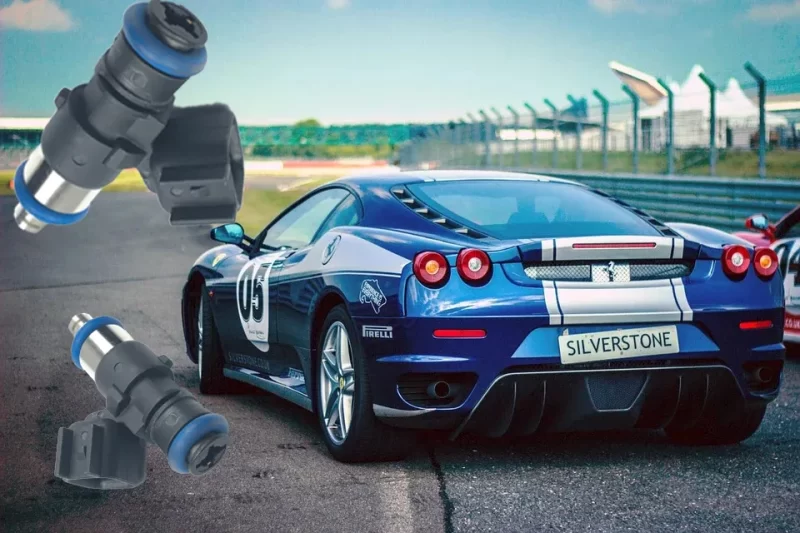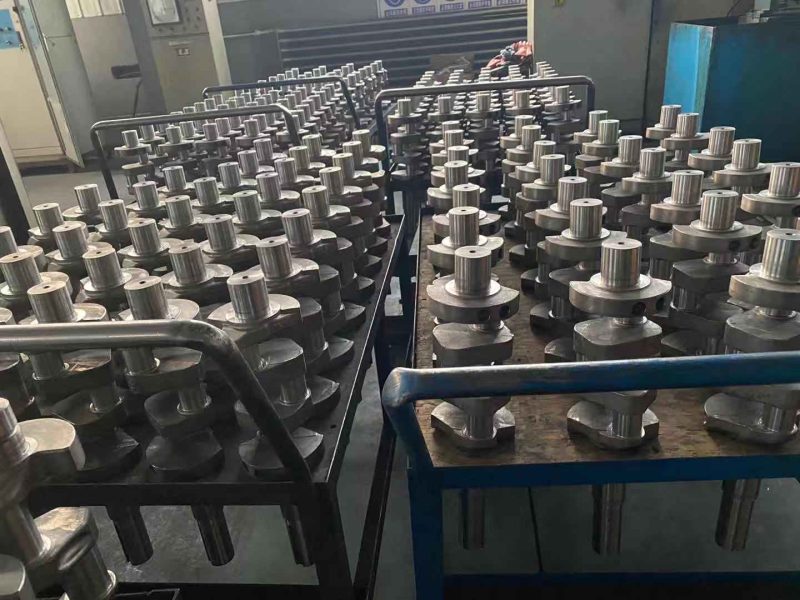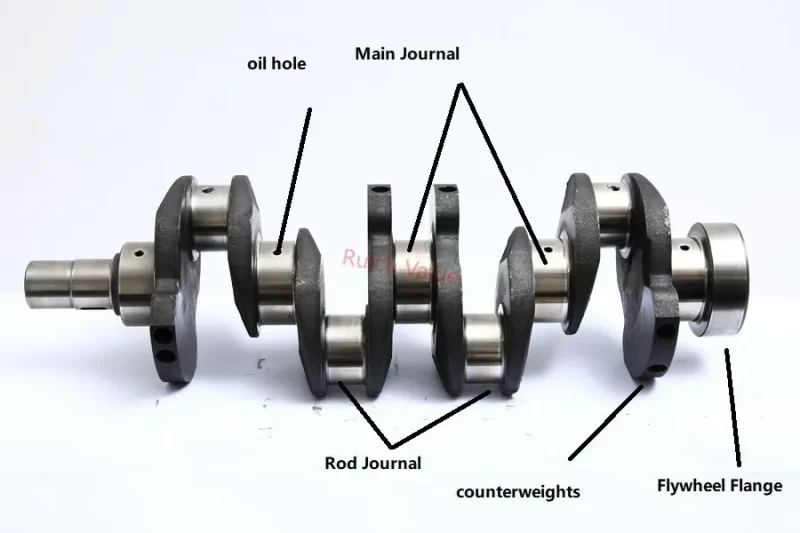Most of the models we see on the market use a turbo system. Its basic principle is to add an air compressor to the position where the engine is installed to increase the intake of the engine by compressing the air. What drives the compressor is the exhaust gas from the engine itself. The exhaust gas pushes the blades of the exhaust gas turbine by blowing air to the blades of the exhaust gas turbine, thereby driving the intake blades, allowing the compressor to “blow” the air to the cylinder of the engine, increasing the intake pressure and speeding up the intake speed, and the intake air is more sprayed more oil, thereby increasing the power and torque of the engine (generally, it can be increased by 30~40%, and individual engines will be adjusted higher), making the car more power.
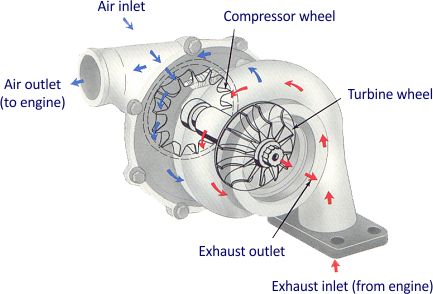
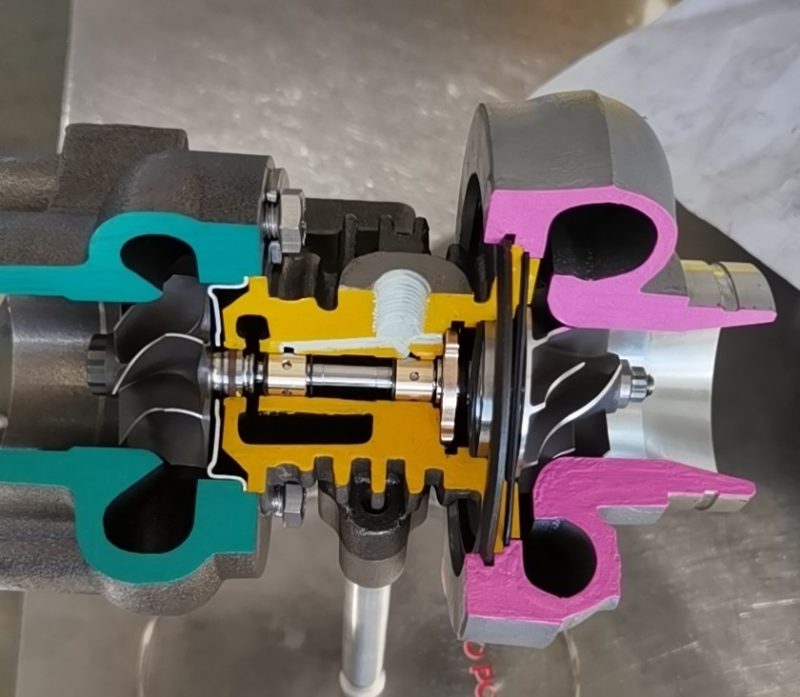
The automotive turbocharger consists of three parts: a centrifugal compressor, a radial turbine, and an intermediate body. The air intake of the turbine is connected to the engine exhaust manifold, and the exhaust port is connected to the exhaust pipe; the air intake of the compressor It is connected to the intake pipe, and the exhaust port is connected to the intake manifold. The turbine and the compressor are rigidly connected together and rotate synchronously through a shaft, called the turbocharger rotor, which is the core component of the turbocharger and is supported in the intermediate body by two floating bearings.
When the turbocharger is working, the rotor rotates at a high speed of 80,000 to 240,000 per minute. It adopts full-floating sliding bearings, and the working temperature is as high as 900 to 1000 ℃, so high-intensity lubrication and cooling are required. Therefore, there is oil channels for lubricating and cooling bearings in the intermediate body. The oil from the main oil channel of the engine lubrication system enters the turbocharger through the oil inlet on the intermediate body of the turbocharger to lubricate and cool the turbocharger shaft and bearings. Then, the oil returns to the engine oil sump through the oil outlet on the intermediate body to take away the heat of the turbocharger. If these bearings are not properly lubricated and dissipated, it will cause abnormal bearing wear, increase the radial space of the impeller shaft, and increase the amount of runout, which will lead to oil leakage or abnormal noise, and greatly shorten the turbocharger. life.
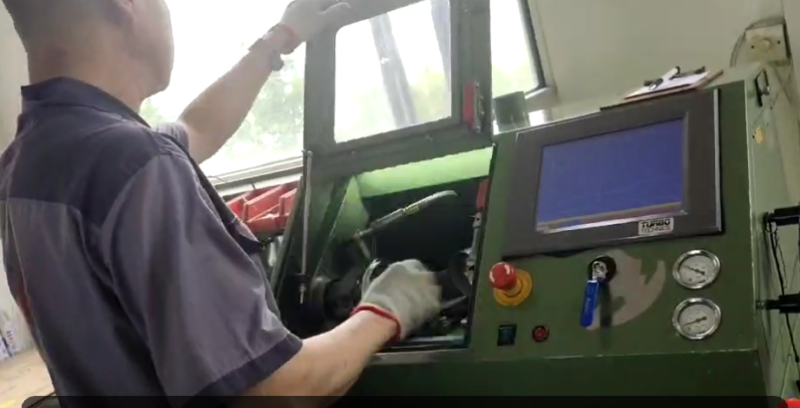
With the continuous development of auto turbocharging technology, the current working speed of the turbo rotor assembly can reach 80000r/min to 240000r/min. The rotor is the core component of the turbo. During high-speed rotation, the imbalance of the rotor will cause large vibration and noise, which will directly lead to the wear of the floating bearing, thrust bearing, and even the sealing parts, thereby damaging the turbo directly, also lead a safe driving issue. Therefore, 100% rotor dynamic balance detection has become a necessary step for turbo production. We strictly abide by this requirement to ensure the quality of the rotor and thus the quality of the supercharger.

